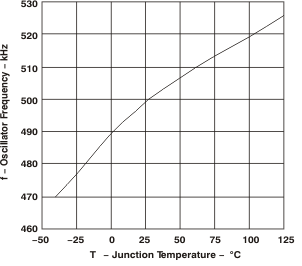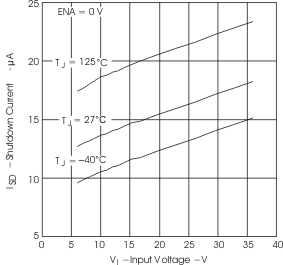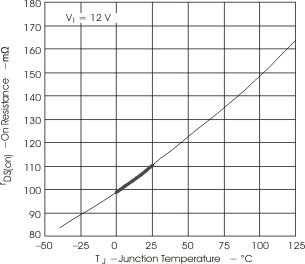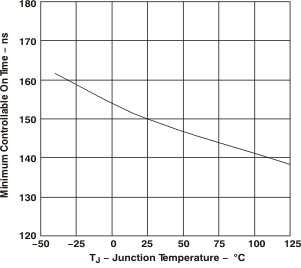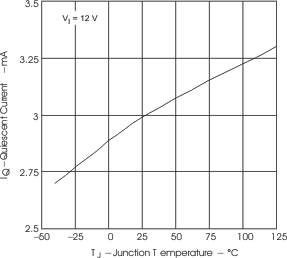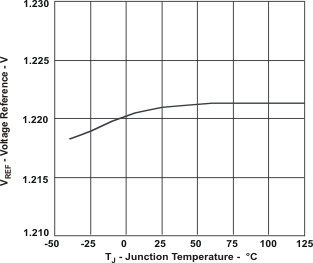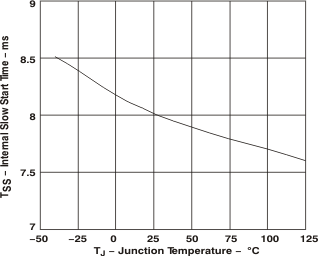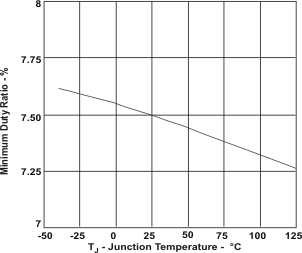SLVS834B July 2008 – June 2019 TPS5450-Q1
PRODUCTION DATA.
- 1 Features
- 2 Applications
- 3 Description
- 4 Revision History
- 5 Pin Configuration and Functions
- 6 Specifications
-
7 Detailed Description
- 7.1 Overview
- 7.2 Functional Block Diagram
- 7.3
Feature Description
- 7.3.1 Oscillator Frequency
- 7.3.2 Voltage Reference
- 7.3.3 Enable (ENA) and Internal Slow Start
- 7.3.4 Undervoltage Lockout (UVLO)
- 7.3.5 Output Feedback (VSENSE) and Internal Compensation
- 7.3.6 Voltage Feedforward
- 7.3.7 Pulse-Width-Modulation (PWM) Control
- 7.3.8 Overcurrent Limiting
- 7.3.9 Overvoltage Protection
- 7.3.10 Thermal Shutdown
-
8 Application Information
- 8.1 Application Information
- 8.2
Typical Application
- 8.2.1 Design Requirements
- 8.2.2
Detailed Design Procedure
- 8.2.2.1 Custom Design With WEBENCH® Tools
- 8.2.2.2 Boost Capacitor (BOOT)
- 8.2.2.3 Switching Frequency
- 8.2.2.4 Input Capacitors
- 8.2.2.5 Output Filter Components
- 8.2.2.6 Output Voltage Setpoint
- 8.2.2.7 Boot Capacitor
- 8.2.2.8 Catch Diode
- 8.2.2.9 Output Voltage Limitations
- 8.2.2.10 Internal Compensation Network
- 8.2.3 Application Curves
- 9 Layout
- 10Device and Documentation Support
- 11Mechanical, Packaging, and Orderable Information
Package Options
Mechanical Data (Package|Pins)
- DDA|8
Thermal pad, mechanical data (Package|Pins)
- DDA|8
Orderable Information
6.6 Typical Characteristics
